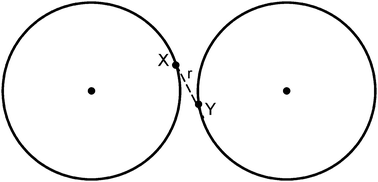Water and aqueous solutions: simple non-speculative model approach
Abstract
Different ways of molecular modeling of

- This article is part of the themed collection: Physics and chemistry of ice and water
* Corresponding authors
a
Chemistry Department, Faculty of Science, J. E. Purkinje University, Ústí nad Labem, Czech Republic
E-mail:
ivonez@icpf.cas.cz
Fax: +420-47528-3381
Tel: +420-47528-3377
b E. Hála Laboratory of Thermodynamics, Institute of Chemical Process Fundamentals, Acad. Sci., 165 02 Prague, Czech Republic
Different ways of molecular modeling of

 Please wait while we load your content...
Something went wrong. Try again?
Please wait while we load your content...
Something went wrong. Try again?
I. Nezbeda and J. Jirsák, Phys. Chem. Chem. Phys., 2011, 13, 19689 DOI: 10.1039/C1CP21903K
To request permission to reproduce material from this article, please go to the Copyright Clearance Center request page.
If you are an author contributing to an RSC publication, you do not need to request permission provided correct acknowledgement is given.
If you are the author of this article, you do not need to request permission to reproduce figures and diagrams provided correct acknowledgement is given. If you want to reproduce the whole article in a third-party publication (excluding your thesis/dissertation for which permission is not required) please go to the Copyright Clearance Center request page.
Read more about how to correctly acknowledge RSC content.
 Fetching data from CrossRef.
Fetching data from CrossRef.
This may take some time to load.
Loading related content
